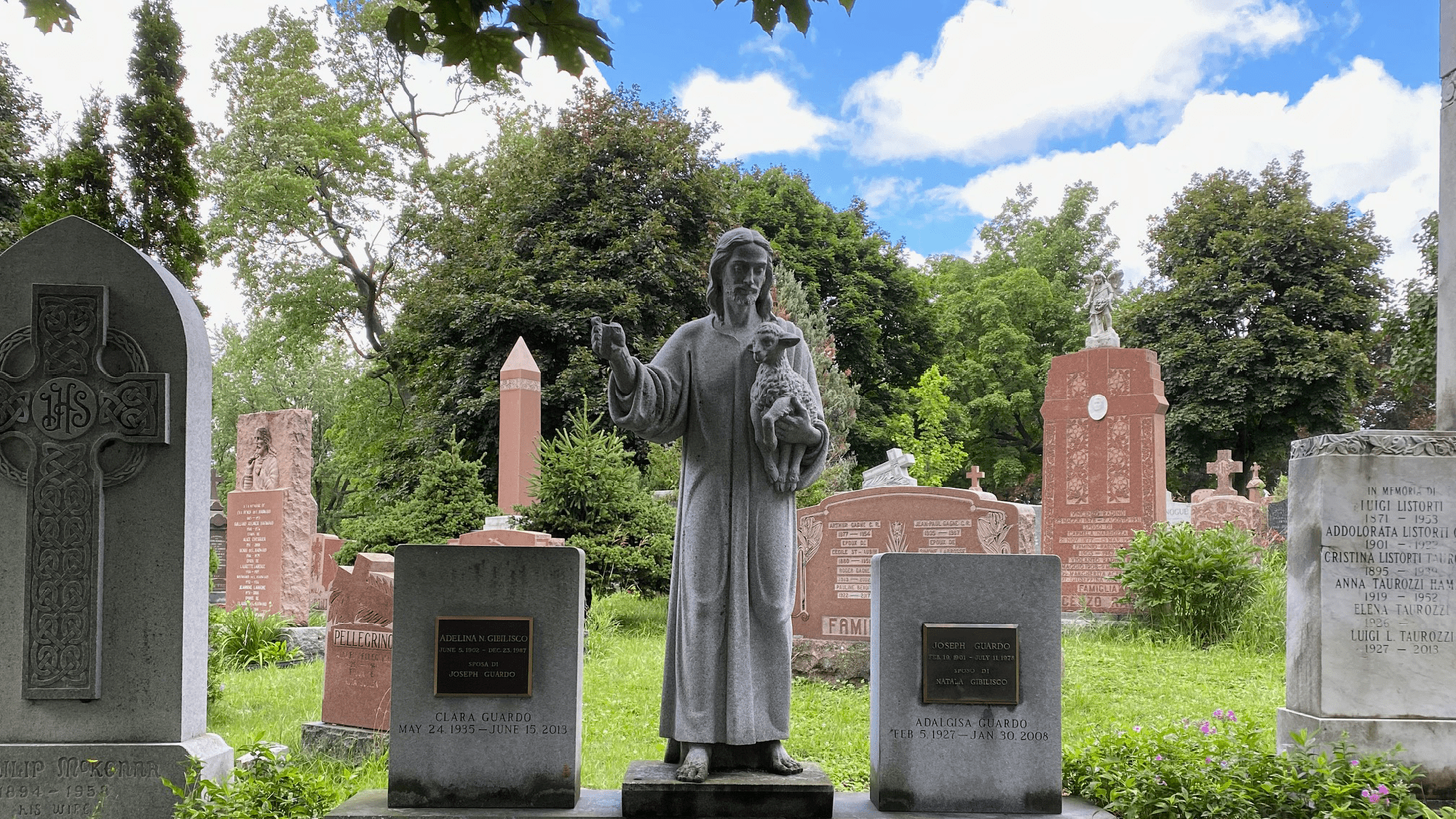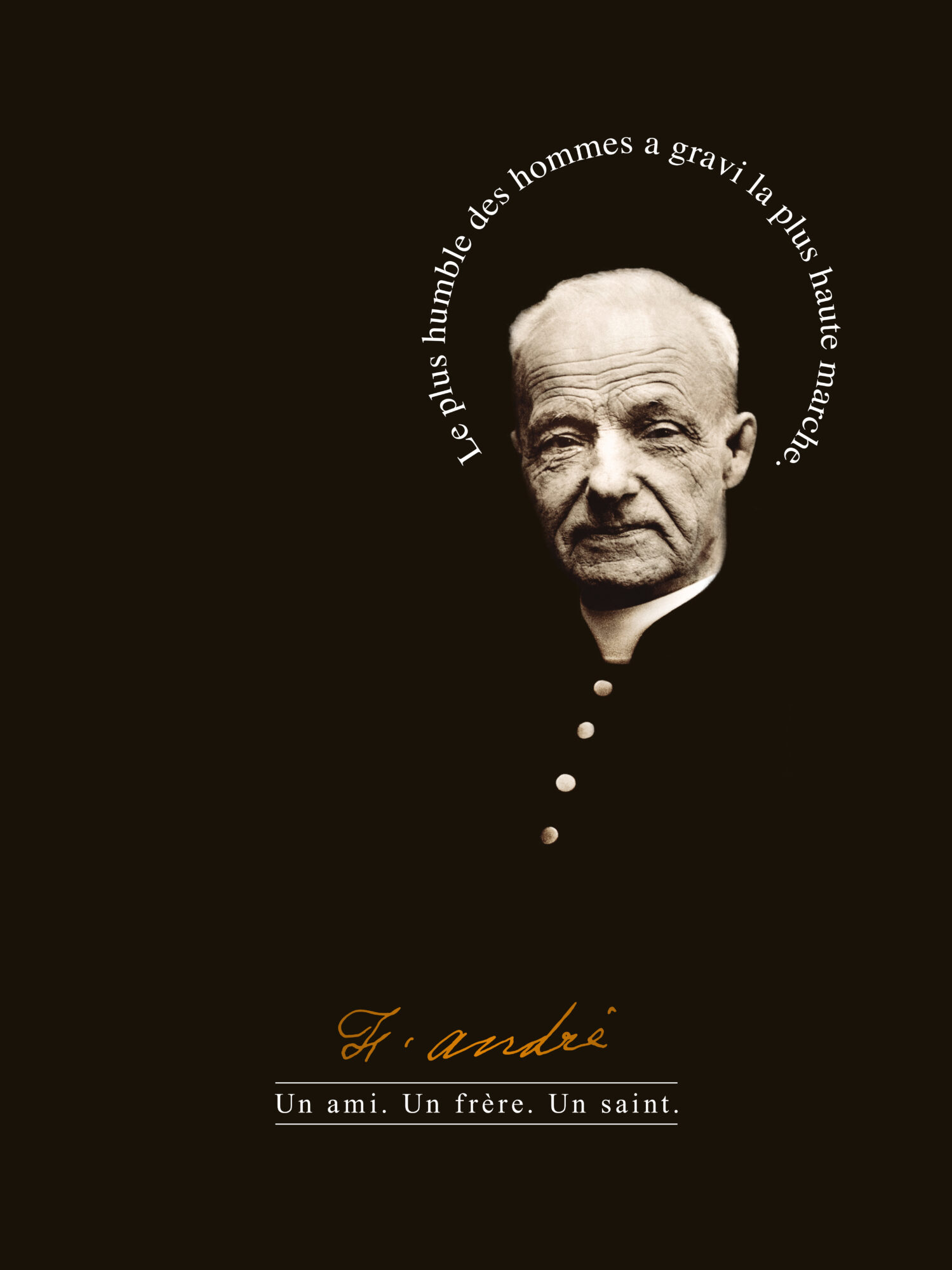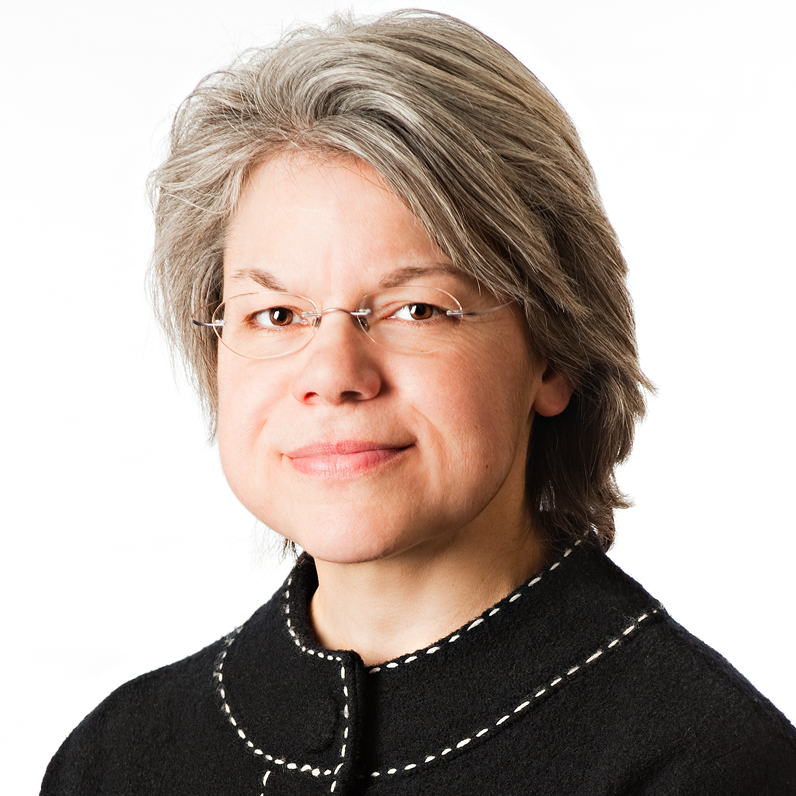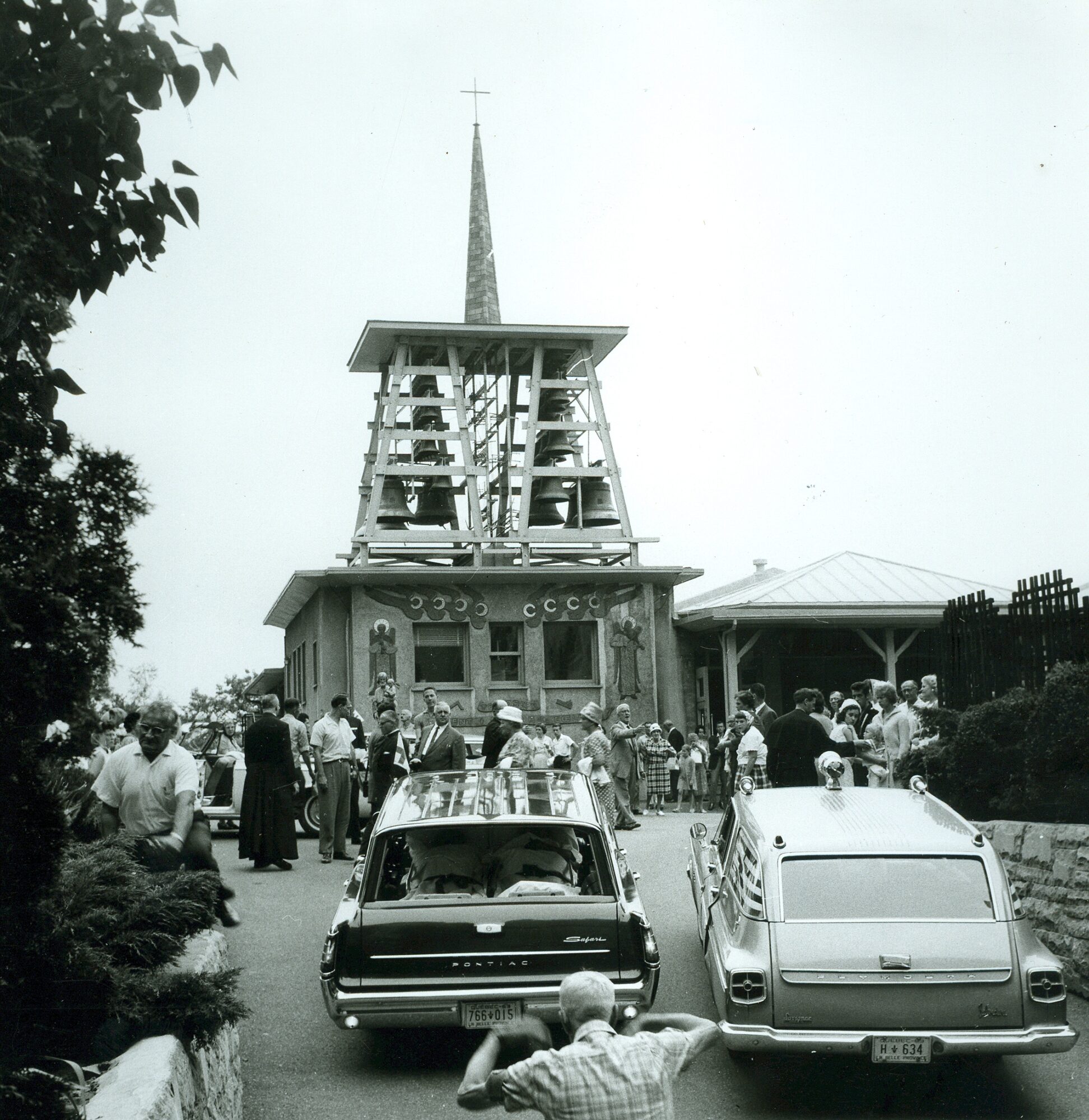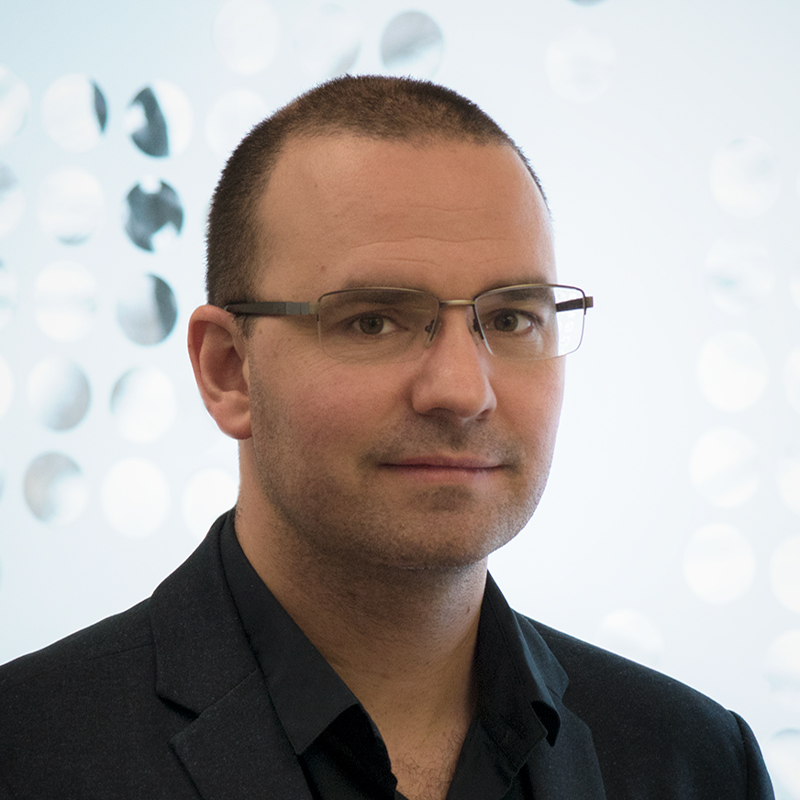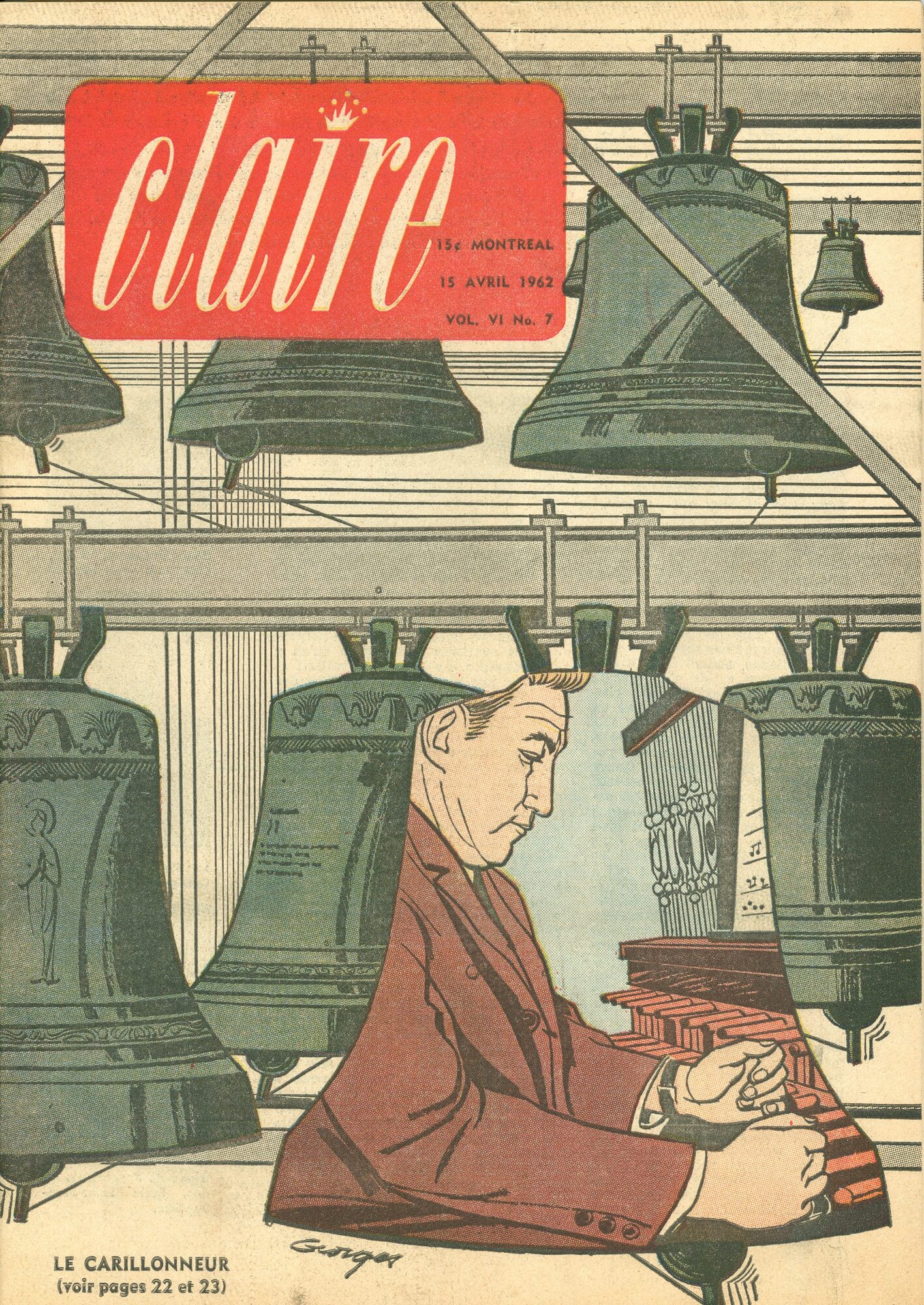Life, love, death
That’s it, fall is already well established. Due to the closing of the museums, I invite you in this blog to discover our heritage in a completely different way. Let’s get outside the walls of the Oratory and discover a place out of the ordinary in the great outdoors.
The leaves are slowly falling and the temperature is getting colder. Many begin the fall season, associated with death, with sadness. Fear of the finality of life and of the deceased is universal and manifests itself in different ways from one culture to another. For the Catholic Church, the Feast of the Dead is an occasion to celebrate the memory of those we have loved.1. With this in mind, I would like to highlight the lives and journeys of three artists who have left their mark on the Oratory: Joseph Guardo, Louis Parent and Sylvia Daoust. All three rest a few steps away from the Shrine, at the Notre-Dame des Neiges Cemetery in Montreal. Founded in 1853, the cemetery offers nearly 140 hectares where art and nature come together. Far from being a gloomy place, the cemetery is the ideal place to recharge one’s batteries in times of uncertainty. The luxuriant flora and the tranquility of these spaces allow for rest and meditation. By looking at the past, we can fix ourselves in the present and perceive the future with serenity and confidence, as Brother André did.
Joseph Guardo (1901-1978)
Italian immigrant Joseph Guardo arrived in Quebec City in 1926. He then moved to Montreal where he opened a studio on Saint-Laurent Street and a second one on Rachel Street. An experienced sculptor, he made moulds for the statuary Carli and Petrucci, created architectural decorations on well-known buildings2 and responded to private commissions for sculptures, funerary monuments and mosaics. Mainly known for his religious sculptures, Joseph Guardo has a great talent for drawing. A friend of Father Elphège Brassard, c.s.c., Guardo was invited in the 1940s to execute commissions for the Oratory. You can admire his works in the votive chapel and on the 4th level with scenes from the life of Brother André. The altar dedicated to Saint Teresa in the crypt is also of his design.
Made of marble by Joseph Guardo, the statue of Saint Joseph in the votive chapel was installed in April 1951. Note that the bas-reliefs, all around the room, illustrating the patronage of Saint Joseph are also by the artist.
Joseph Guardo designed this superb funerary monument, representing the Good Shepherd, for him and his family, located at lot K00378D.
Louis Parent (1908-1982)
A graduate of the École des beaux-arts de Montréal, Louis Parent is one of the rare Quebec artists to have completed his training in the United States and Europe at the beginning of the 20th century. In 1937, Louis Parent joined the faculty at the École du meuble, where he taught until 1974. From 1939 to 1952, he joined the Maîtrise d’arts de Chambly as a ceramist. Louis Parent produced numerous sculptural works for the schools and chapels of the Congregation of Holy Cross. His major work, however, stands on one of the flanks of Mount Royal at the Oratory, the sculptures of the Way of the Cross Garden. Louis Parent worked tirelessly on this masterpiece from 1943 to 1953. The small red stone house in the garden served as his studio throughout this period.
The Resurrection, 16th station and the only sculpture made in marble from the Way of the Cross Garden. The station was donated by Mr. and Mrs. Charles-O. Monat of Montreal. The model was designed by Louis Parent and carved by Ercolo Barbieri.
Louis Parent is resting with members of his family at lot B02172.
Sylvia Daoust (1902-2004)
Quebec sculptor, born from the revival of religious art, Sylvia Daoust is an artist to be discovered. She began studying art at the age of 13 and was the first woman to enter the Montreal School of Fine Arts. With a scholarship, she went to France in the 1930s. It was during this trip that she met Henri Charlier3 and worked on the technique of direct carving. She taught drawing, modeling and sculpture at the École des beaux-arts de Québec from 1930 to 1943 and wood and stone carving at the École des beaux-arts de Montréal from 1943 to 1968. Sylvia Daoust has won many distinctions in Canada, but also in the United States and Europe. Her production is vast and some of her works are part of the public space, including the statue of Brother Marie-Victorin at the Montreal Botanical Garden and that of Nicolas Viel in front of the Quebec National Assembly. She has produced numerous works for the Congregation of Holy Cross throughout the world. Moreover, in the near future, several of his sculptures will take place at the entrance of the future reception pavilion of the Oratory in order to pay tribute to her.
Medal designed by Sylvia Daoust in 1979 to mark the 75th anniversary of Saint Joseph’s Oratory of Mount Royal.
A simple tombstone identifies Sylvia Daoust’s burial site at lot T01021.
- November is the month of the dead. November 1st is dedicated to the saints (All Saints) and November 2nd is dedicated to the dead.
- You can observe his work as an architectural decorator on the Monkland Theater in the Notre-Dame-de-Grâce district of Montreal and on the main pavilion of the Montreal Botanical Garden
- Henri Charlier (1883-1975) est l’auteur de nombreuses sculptures et de fresques à l’Oratoire Saint-Joseph du Mont-Royal.

